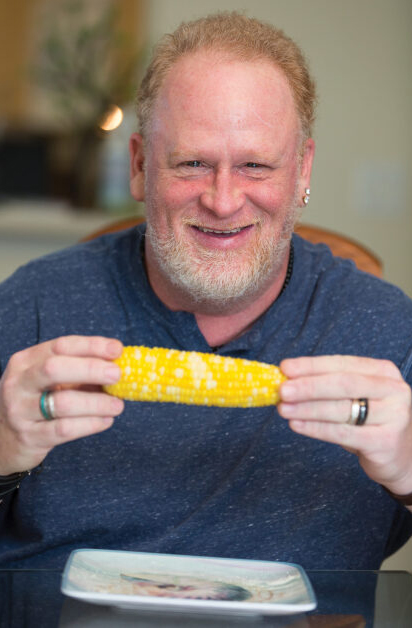

The Joy of Eating
Since he was fit with an implant-secured denture, Frederick can eat anything he wants, including corn on the cob
He needed the better part of 10 years to complete the task, but after losing his right leg in an automobile accident at age 18, Frederick Pauloz eventually turned a personal tragedy into triumph.
“I lost my right leg in 1983,” Frederick remembers. “After the accident, the doctors took the lower part, right below the knee, and for the next 10 years, I needed a lot of skin graft surgeries to get to where I could function normally with a prosthetic leg.
“I was in and out of a lot of prosthetics during that period, but once I settled down, the guy I’d been working with suggested I go to school to learn how to make artificial legs. I eventually did, and in 1991 I graduated and started a career.”
Over the next 20-plus years, Frederick made and fit more than 10,000 prosthetic legs. And although back problems related to his accident forced him to retire a few years ago, he did so in good standing as a certified prosthetist emeritus.
Unfortunately for Frederick, he has had almost as much trouble with his teeth as with his right leg and back. Those problems stem in part from an attempt by an orthodontist to correct the underbite Frederick had while growing up.
“To fix the underbite, the dentist broke my bottom jaw, pulled it back and then wired my mouth to get it in better alignment,” Frederick explains. “My understanding is that, because the teeth moved so quickly, the roots didn’t grow as deep as they ordinarily do.
“Normally, the roots of your teeth are about one inch long. But my roots are only about a quarter of an inch long. It’s not like my teeth are loose or falling out, but because the roots are so shallow, I always had to be very careful about what I ate.
“There were things I was scared to death to eat because I was afraid my teeth might come loose or come out. So I would never eat things like apples or corn on the cob. Even steak. For years, that was a novelty for me.
“If I did have a steak it would have to be filet mignon. Or maybe I’d eat prime rib or something like that. But I mostly ate soft foods like pasta and fish, and because of those shallow roots, I’ve always had to be very careful about who works on my teeth.”
“He’s one of the best dentists I’ve ever come across, and his staff is just wonderful.” – Frederick
In need of a cleaning and a checkup but without a regular dentist, Frederick was searching for a new provider a few years back when his wife suggested he visit someone she had recently seen, Joseph Farag, DMD, of Port Charlotte Dental Care.
“My wife went to see Dr. Farag for LANAP® gum treatment and came away very pleased,” Frederick says. “She was also impressed with how up to date he is. She said he has all the latest technology, so I made an appointment to see him.”
Sleep On It
During his initial visit with Frederick, Dr. Farag found a variety of issues that needed to be addressed. The most pressing were some old fillings that needed to be replaced and several top teeth that were starting to fail because of those
shallow roots.
To address those problems, Dr. Farag put together a treatment plan that started with a deep cleaning. Part two of the plan called for Dr. Farag to replace the old fillings and restore the failing upper teeth by placing splinted crowns on them.
Frederick accepted the plan, but after the cleaning, he waited nearly three years to address his failing teeth. In retrospect, it may have been the best thing he could have done because another more serious issue developed in the interim.
Because he also has sleep apnea, Frederick has long slept wearing a continuous positive airway pressure, or CPAP, machine. Frederick’s apnea is so extreme, though, that a few years ago he was switched to a bilevel positive airway pressure, or BiPAP, machine. Like the CPAP, the BiPAP constantly blows air into a person’s mouth but at an increased pressure.
That constant flow of air dries out the mouth. It also dries out the teeth, which need saliva to neutralize plaque acids and fight off decay. Due to the reduction in saliva, Frederick’s teeth began to decay at an accelerated rate. By the time Frederick returned to Dr. Farag, most of his already-failing teeth were unsalvageable. Though a couple could still be saved, the advanced decay in the others forced Dr. Farag to alter the treatment plan.
A Different Strategy
“We still could have put crowns on a couple of teeth, but he pretty much had failing dentition across the board,” Dr. Farag explains. “At that point, we decided the best thing to do was to remove all his failing teeth and replace them with dental implants.”
Dental implants are root-shaped, screw-like bodies that are surgically placed into the jawbone. Once an implant is in the jawbone, new bone naturally grows around it to form the foundation for an abutment and replacement teeth.
The replacement teeth can be a crown that is cemented or screwed onto the abutment, a partial bridge that can be affixed to one or more implants, or a full denture that can be fastened to a series of implants.
Prior to placing an implant, some patients may require a grafting procedure designed to enhance the volume of the jawbone and provide the strength to support an implant.
Bone grafts are not always necessary, but for patients who have been missing teeth for many years, they are sometimes required because bone mass deteriorates when there is no pressure from chewing to stimulate natural bone regeneration.
Bone grafts are typically done at the time the implants are seated. The bone then need three to six months to heal to where they can support an implant or prosthetic. During the healing period, patients are usually fit with temporary replacement teeth.
A New You
Despite the advanced decay of his teeth and their shallow roots, Frederick did not require grafting. As a result, Dr. Farag’s plan was to extract all of Frederick’s top teeth as well as a couple of lower molars and immediately place the implants.
To replace the top teeth, Dr. Farag seated four implants that support a full upper denture. To replace the failing bottom molars, Dr. Farag placed single implants on each side and fit him with a secured bridge. The results, Frederick raves, have been life-altering.
“I feel like a new person,” Frederick enthuses. “I’m not kidding. For the first time in my life I can chew and eat anything I want. One of the first things I did after I got my new teeth was eat a steak, and it was like a new experience.
“The fact that I could chew it normally, it even tasted better. I was like, What is this? This is amazing. It was like something I’d never experienced before. Now, eating is like a new adventure for me. I’m trying all kinds of new things.
“Another benefit is that I’m a lot more confident now. I’m more confident chewing and even smiling because I have this great set of good-looking teeth that work like they are supposed to. It took me some time to get them, but it was worth the wait. It’s like this was the prize I got at the end.”
Resolving Gum Disease
Of all the positions she filled during her long career in the health care industry, the one 69-year-old Pam Bicking found to be the most rewarding was working for a nonprofit organization called Healthy Start.
“Healthy Start is a program that helps women with their pregnancies,” Pam explains. “It especially helps women who are on Medicaid, and what we try to do is improve pregnancy outcomes. I was what they call a mom care advisor. I loved that job because it made me feel like a mom myself,” says Pam, a mother of two grown children.
“A lot of the women I dealt with were younger, had never been through a pregnancy and didn’t know which way was up. I helped them get through it all.”
Pam had to get through a medical issue herself a couple of years ago when a toothache prompted a trip to the dentist while visiting a daughter in Atlanta. During that visit, Pam learned her toothache wasn’t her only dental concern.
In addition to that bothersome tooth, one that the dentist said would likely need to be extracted because it was on the brink of failing, Pam learned she was also suffering from a severe case of periodontal disease, also known as gum disease.
“I wasn’t surprised to hear about the gum disease,” Pam admits. “My mother had problems with her gums and so did my sister. And when I brushed, my gums would bleed. Not a lot but enough that I knew there was probably a problem.”
Pam soon learned that her gum disease was so bad that it was also endangering other teeth. Resolving the problem, the dentist said, would require periodontal flap surgery.
Armed with that information, Pam returned to Florida, where she soon visited a dentist who confirmed the diagnosis and agreed that a flap procedure, in which the gums would be repaired surgically, was her best option.
Despite a bit of apprehension, Pam agreed to have the surgery. She changed her mind just a day or two before, however, after reading an article in Florida Health Care News about a more modern fix for severe periodontal disease.
“The dentist in Atlanta had mentioned this procedure, but I thought there was no way it was available in Port Charlotte,” Pam reveals. “Then I read this article about a man who had it done by a dentist here, so I called that dentist right away.”
Regenerative Procedure
The dentist Pam called was Dr. Farag. The procedure she read about is the revolutionary gum treatment called LANAP, which stands for laser-assisted new attachment procedure.
“Pam first came to me primarily because she wanted to learn about LANAP, so I told her all about it. Then, I examined her,”
Dr. Farag remembers. “It was after the examination that I told her I thought LANAP would work very well for her.
“One reason for that conclusion was because she told me she was going to have a tooth extracted during her visit with the other dentist. I could see why someone might want to extract that tooth, but I also thought that, with LANAP, we might be able to save it.
I am very pleased with the results of the procedure. I couldn’t be happier with Dr. Farag and his staff.” – Pam
“It wasn’t a dead tooth. She just had a periodontal infection and not necessarily an abscess, and I thought that if we do the LANAP we can wait and see how that tooth looks after that and then decide whether it really needs to come out.”
Encouraged by what she learned about the LANAP procedure, which would not only rid her of the periodontal disease, but also offer her a chance to salvage her failing tooth, Pam accepted Dr. Farag’s recommendation to undergo the treatment.
Dr. Farag considered it a wise choice largely because he strongly believes LANAP provides far better results than the traditional flap procedure, during which a dentist uses a scalpel to remove the diseased tissue.
“With the flap procedure, you cut the gums open, scrape the diseased tissue out, clean the roots and scrape the bone,”
Dr. Farag describes. “Then, when you’re done with all that, you sew it back together. It works, but the result is usually a very high gum line, a lot of recession, gum loss and sensitive teeth. With LANAP, we get even better results without that gingival recession because we’re not cutting the tissue.
“What we do instead is use the laser to make small troughs that are three hairs thick between the gum and bone. We then put our instruments into that gap and debride, disinfect and sanitize all the way to the bone and flush the bad stuff out.
“The gums actually stay where they are, so it’s basically a nice way of getting up in there and cleaning things out and disinfecting and sanitizing the periodontal pockets without cutting everything open.”
In addition to healing gum tissue, LANAP can improve bone quality and density. In some cases, it can even spark regeneration of bone, according to Dr. Farag, who treats a patient’s entire mouth in three phases during a visit that lasts about two hours.
Dr. Farag explains that during the first laser pass, the energy from the laser kills any bacteria in the gums, vaporizes the diseased gum tissue and dehydrates the tartar on the teeth, making it brittle and easy to remove.
During the second step, the tartar is removed with a fine-tipped, vibrating, ultrasonic instrument. The teeth are then rinsed with an antimicrobial substance that halts the growth of new bacteria. During this step, the diseased lining of the tissue is removed, and the bone surrounding the teeth is debrided of infected tissue.
Finally, during a third pass of the laser at a different setting, an antimicrobial seal is created that prevents reinfection and releases growth factors from blood cells that help regenerate the attachment between the gums and the teeth.
“The patient doesn’t have any sensation of what we’re doing during the procedure because we use a local dental anesthetic, just as we do if we’re doing a filling,” Dr. Farag says. “That’s how patients stay comfortable during the process.
“And there’s no post-op discomfort because we’re not traumatizing anything. The gums are not inflamed, so they’re not painful. Afterward, we ask patients to briefly stay on a soft-food diet to prevent any tearing of the new tissue that’s forming.”
More Brushing
Pam says that sticking to a soft-food diet for a few days following the procedure was a small sacrifice to avoid the invasive nature of periodontal flap surgery.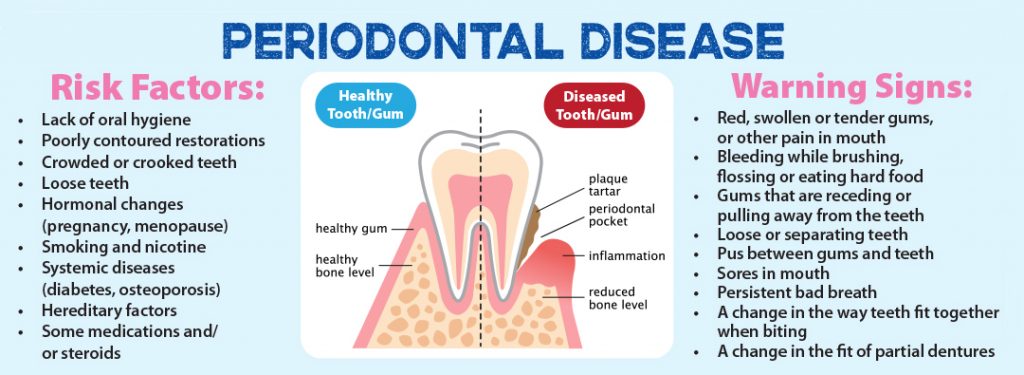

“What I really liked about the LANAP procedure was that it didn’t involve any cutting or stitches, and all that recuperative time afterward,” Pam says. “And this procedure takes care of your whole mouth in one visit.
“It wasn’t painful at all, and now, when I brush my teeth, there’s no bleeding. And I probably brush my teeth and floss more than ever now because it doesn’t hurt to brush, and I really want to take care of my teeth.”
One of those teeth that Pam is now taking better care of is the molar she was in danger of losing. Just as Dr. Farag suggested, the LANAP procedure allowed her to save that tooth while improving the status of several others.
“That tooth was such a bother because the pockets were so big around it that food would get stuck in it sometimes,” Pam says. “But I haven’t had a problem of any kind with it since the LANAP procedure.
“I am delighted with the results of the procedure. And I couldn’t be happier with Dr. Farag and his staff. I get regular cleanings from them every three months now, and they take such good care of me.
“I really appreciate everything they’ve done for me. And if it weren’t for Florida Health Care News, I wouldn’t have found them. I don’t know how my teeth and gums would be had I not read that article, but I doubt they’d be as healthy as they are now.”
Like Pam, Frederick is grateful to have a healthier smile as well, and he also praises Dr. Farag and his staff at Port Charlotte Dental Care for their care. His experience there, he says, has made him a patient for life.
“I feel very fortunate that I was able to find Dr. Farag,” Frederick says. “He’s so up to date on everything and knows his stuff so well that he just instills confidence in you. I don’t know a better way to say it other than I trust him.
“He’s one of the best dentists I’ve ever come across, and his staff is just wonderful. They’re all so professional and caring. I’d recommend them all to anyone, because he’s a brilliant, thinking man and his staff is exceptional.”




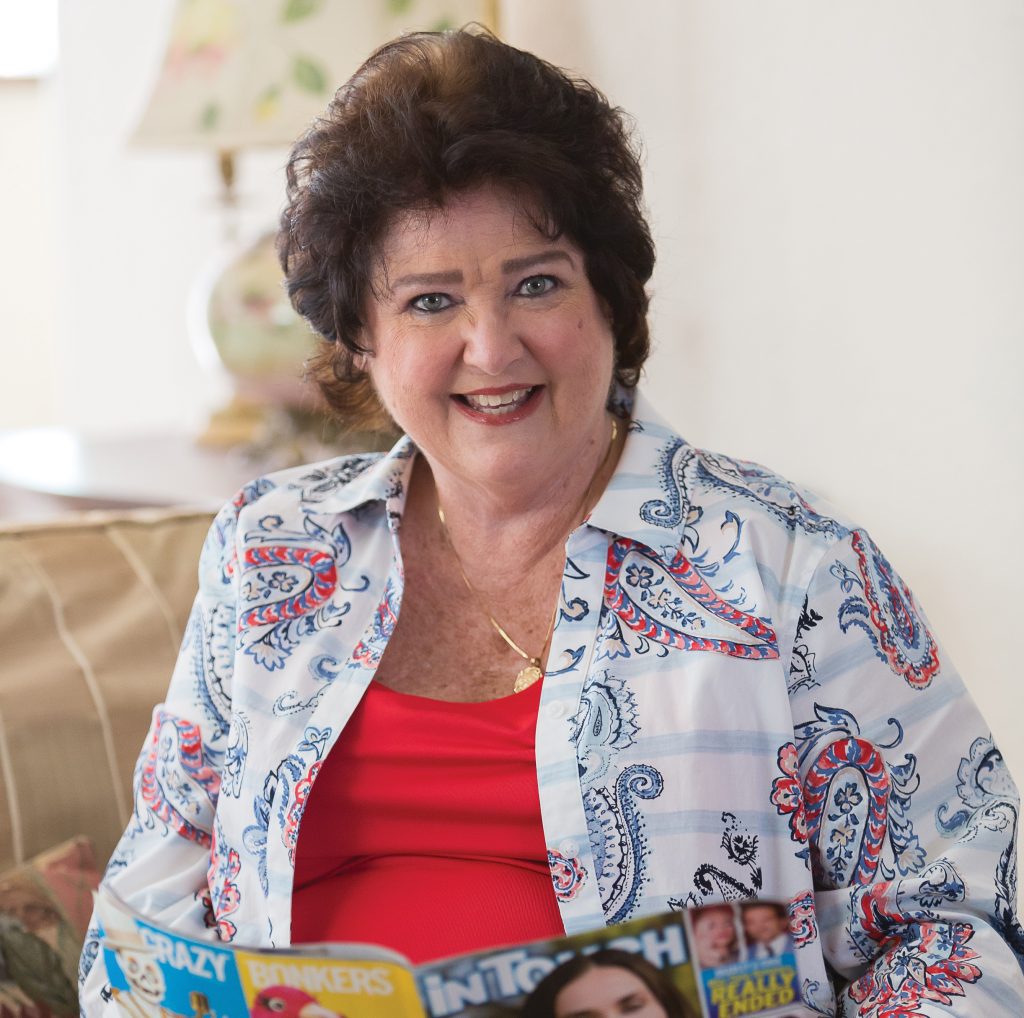

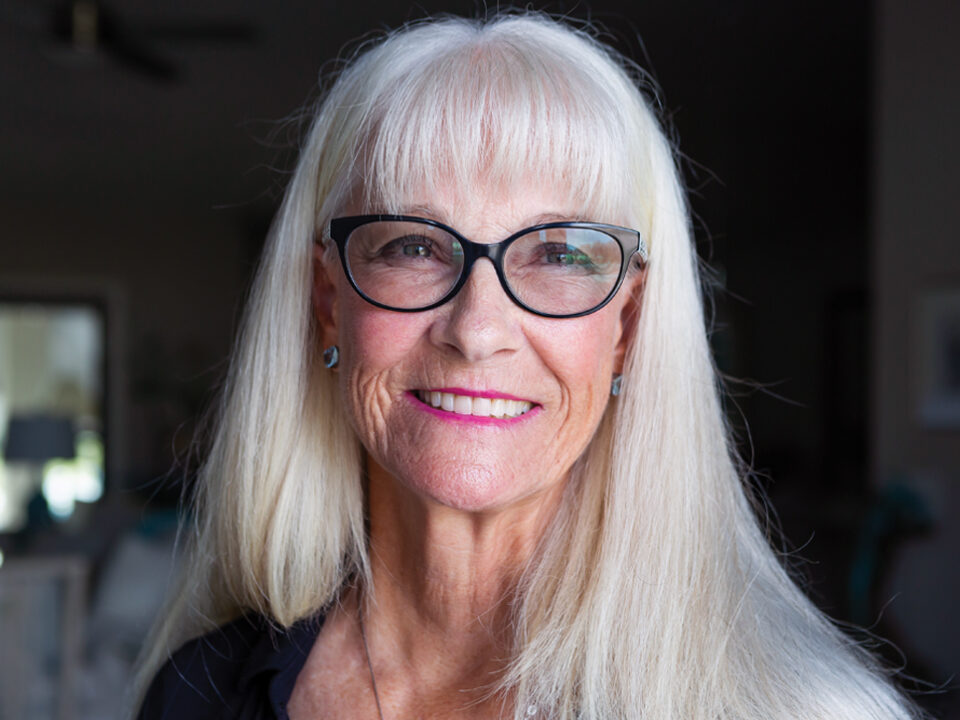
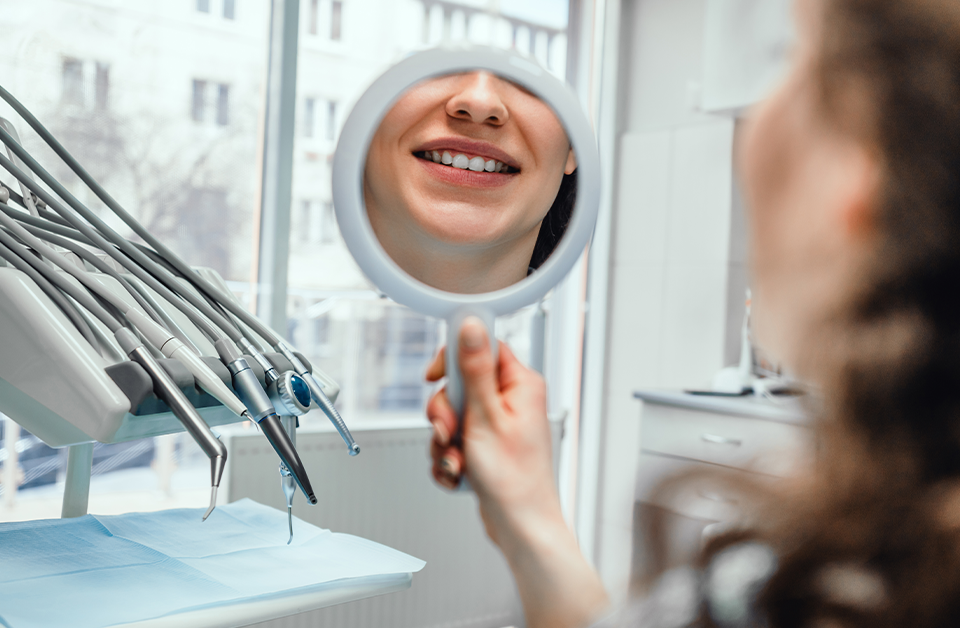

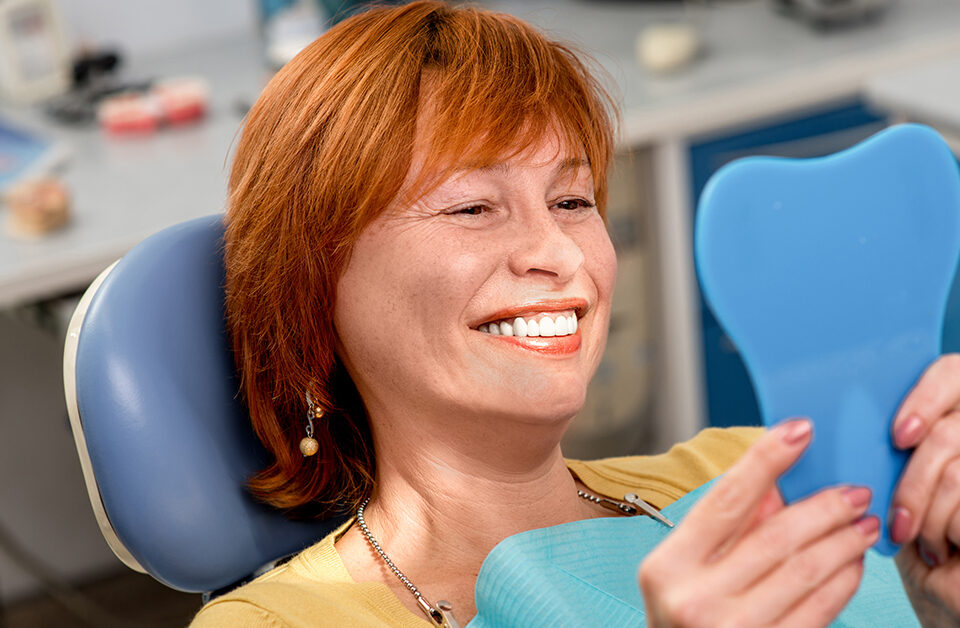
Leave a Reply